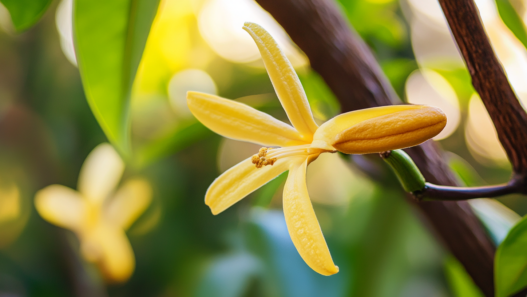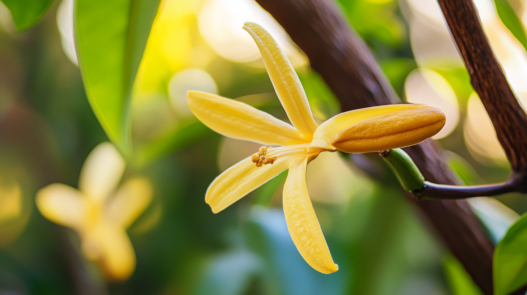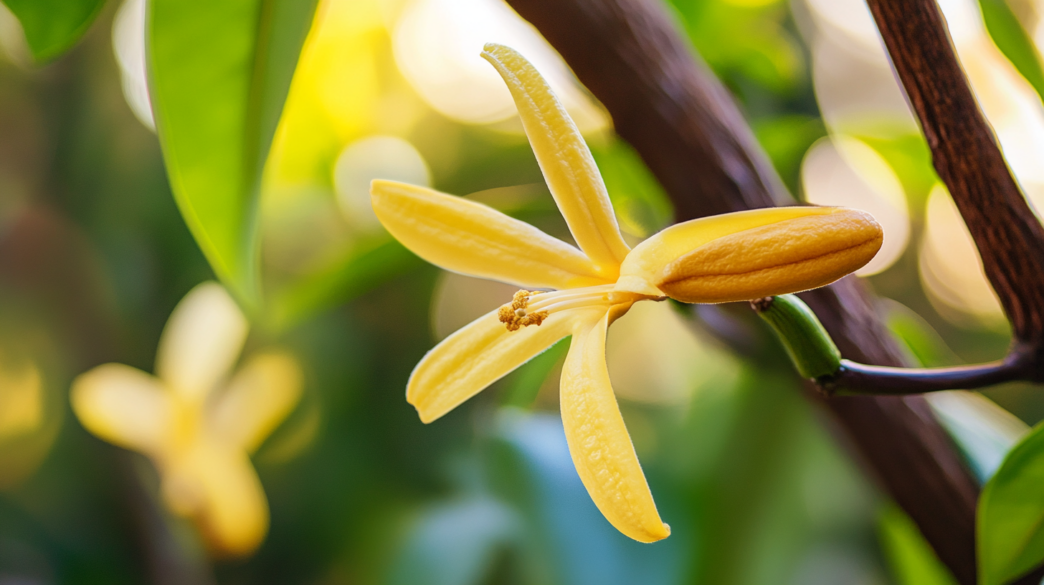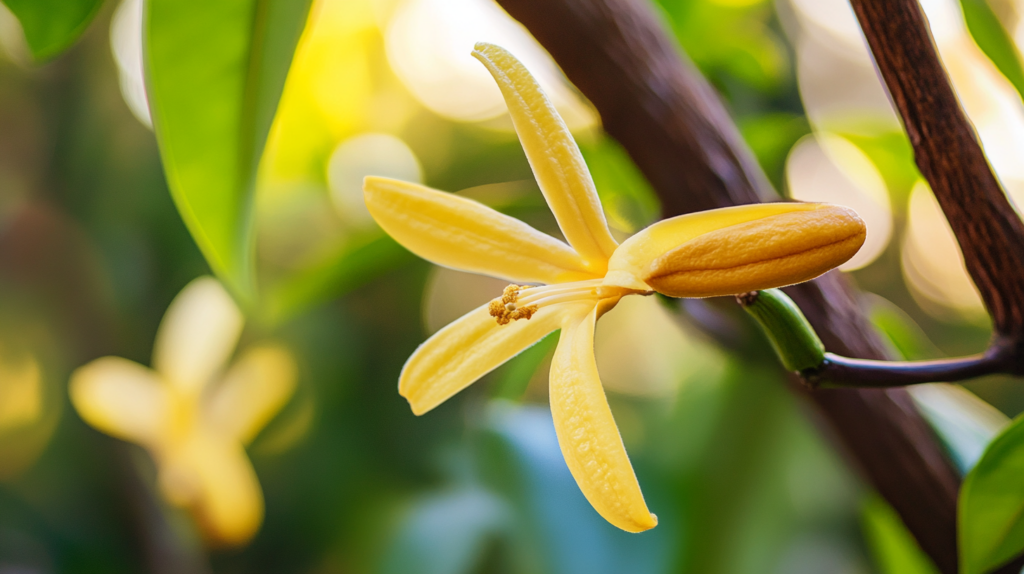
The first bloom of Brazilian native vanillas from Embrapa’s collection has arrived, and experts are sharing how to grow quality vanilla plants.
Embrapa Cerrados’ collection of vanilla plants, sourced from diverse Brazilian regions like the Federal District, Goiás, Bahia, Mato Grosso, and Pará over the years as part of the Brazilian Vanillas project, is now in bloom.
Initial Flowering
“After the initial establishment period, the first flowers indicate that the material is adapting well to the cultivation environment,” says researcher Fernando Rocha. With the flowering, researchers can now explore new avenues, like selecting superior materials for genetic improvement research and developing a production system for the Cerrado region.
Species Identification
The first to bloom are Vanilla pompona and Vanilla phaeantha, while Vanilla ribeiroi is still flowering. “This specimen [Vanilla ribeiroi] was collected in Mato Grosso, and we were unsure of the exact species as two morphologically similar species exist in the region. Only through flower analysis were we able to identify which species we had collected. Now, with this flowering, we can produce fruits to assess the aromatic potential of the species,” assures the researcher.
Pollination and Fruit Development
The team meticulously monitors each flower for manual pollination since the bloom lasts less than a day. After pollination, it takes about nine months for the first fruits to mature.
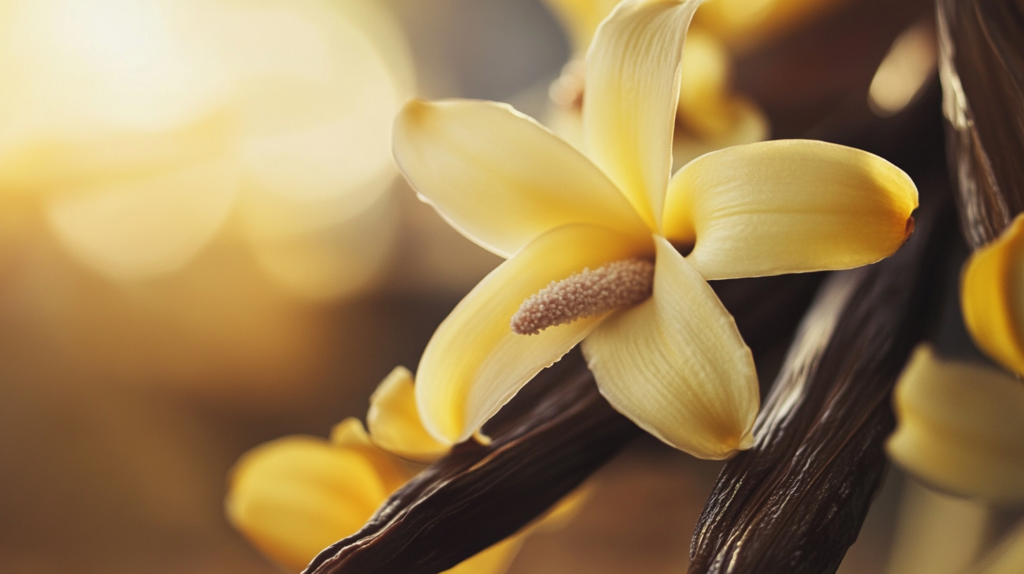
“This is the time needed for the fruits to develop and reach the harvest point. It’s a relatively long process that requires constant care to ensure commercially viable fruits. They must be harvested at a maturity point that allows for the development of aromatic compounds during curing but before they split open. If they split, they lose commercial value. The harvest should be as close as possible to this opening point but before it happens,” explains the researcher.
The Curing Process
Following the harvest, the fruits undergo a curing process to enhance their sensory and olfactory characteristics. “The curing process aims to allow the aromatic compound precursors in the green fruit to manifest in the final product, releasing the well-known and appreciated aromas and flavors,” says the researcher from Embrapa Cerrados.





